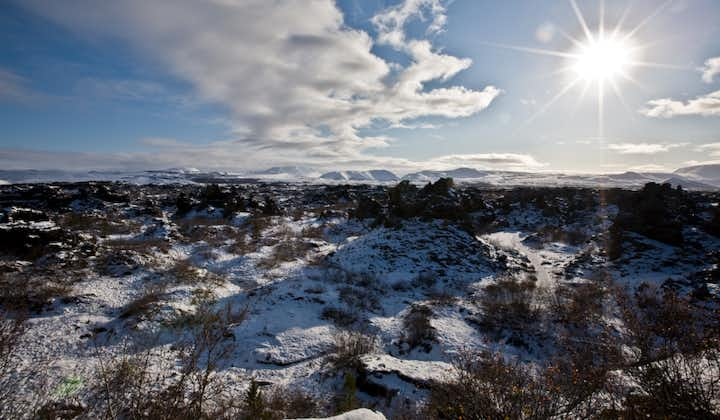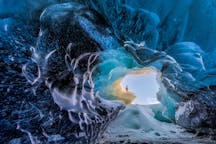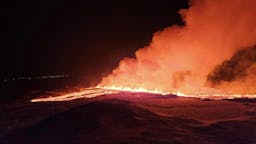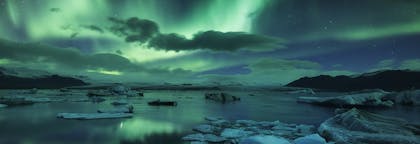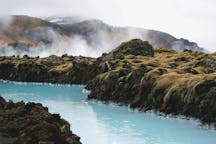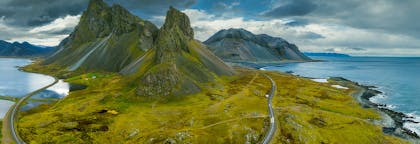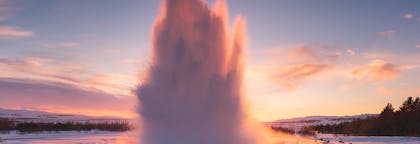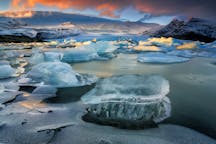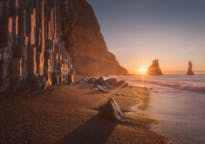Turismo por el lago Mývatn y excursión a las aguas termales desde Akureyri
Descripción
Resumen
Descripción
Apúntate a esta excursión para experimentar un viaje único a través del variado paisaje islandés. ¡Este tour es para todos aquellos que deseen explorar las maravillas volcánicas de Islandia y para los amantes de los animales que visitan nuestras costas!
Te recogerán en tu alojamiento en Akureyri y, sin más demora, te pondrás en ruta hacia el lago Mývatn, haciendo paradas en varios lugares inolvidables. El primero de ellos es Goðafoss, una cascada llamada "La Cascada de los Dioses".
Se cuenta que en el año 1000 dC el legislador Þorgeir declaró que el cristianismo sería la única norma legal, pues creía que las diferencias religiosas entre cristianos y paganos podrían acabar destrozando el país. Una vez conseguida la unidad, Þorgeir regresó a su casa después de la sesión en el Parlamento. En el camino, se detuvo en esta cascada y arrojó al agua estatuillas de dioses nórdicos, desechando así sus propias creencias paganas.
A continuación visitarás los pseudocráteres de Skútustaðagígar, en la orilla sur del lago Mývatn. Estas formaciones surgieron cuando la lava incandescente, que fluía por toda la zona, entró en contacto con el agua fría del lago, y explotó como consecuencia del rápido enfriamiento. Después, continuarás hacia Dimmuborgir, las "ciudades oscuras", un lugar lleno de formaciones y columnas de lava, y también de misteriosas y historias y sagas.
Luego te dirigirás a las aguas termales subterráneas de Grjótagjá y el área geotérmica de Námafjall, donde podrás ver varios pozos de azufre, fumarolas humeantes y piscinas de lodo en ebullición. En verano, podrás continuar el camino hasta el volcán Krafla, y pasar por la planta de energía geotérmica de vapor, una ruta que normalmente está cerrada en invierno, debido a la nieve,
En la siguiente parada podrás disfrutar de las vistas panorámicas del volcán Leirhnjúkur, cuyo cráter, Víti, se formó durante la erupción de Myvatnseldar, en 1724.
Como broche de oro para tu aventura, podrás relajarte con un baño natural de dos horas en una piscina geotérmica rodeada de inmensos campos de lava, mientras disfrutas de las vistas del gran lago Mývatn, una reserva natural para las miles de aves que atraviesan los cielos de esta zona. La entrada no está incluida en tu reserva, pero está disponible como un extra.
¡No te pierdas esta oportunidad de explorar el sensacional norte! Comprueba la disponibilidad eligiendo una fecha.
Incluido
Actividades
Qué llevar
Conviene saberlo
● Durante la excursión haremos una parada para tomar algo en un restaurante o café local.
● Debido a las condiciones meteorológicas y/o al estado de la carretera, es posible que tengamos que modificar el itinerario, extender la duración de la excursión, o cancelar el tour.
Reseñas verificadas
Excursiones similares

Descarga la mayor plataforma de viajes a Islandia en tu móvil para gestionar tu viaje al completo desde un solo sitio
Escanea este código QR con la cámara de tu móvil y pulsa en el enlace que aparece para añadir la mayor plataforma de viajes a Islandia a tu bolsillo. Indica tu número de teléfono o dirección de correo electrónico para recibir un SMS o correo electrónico con el enlace de descarga.
